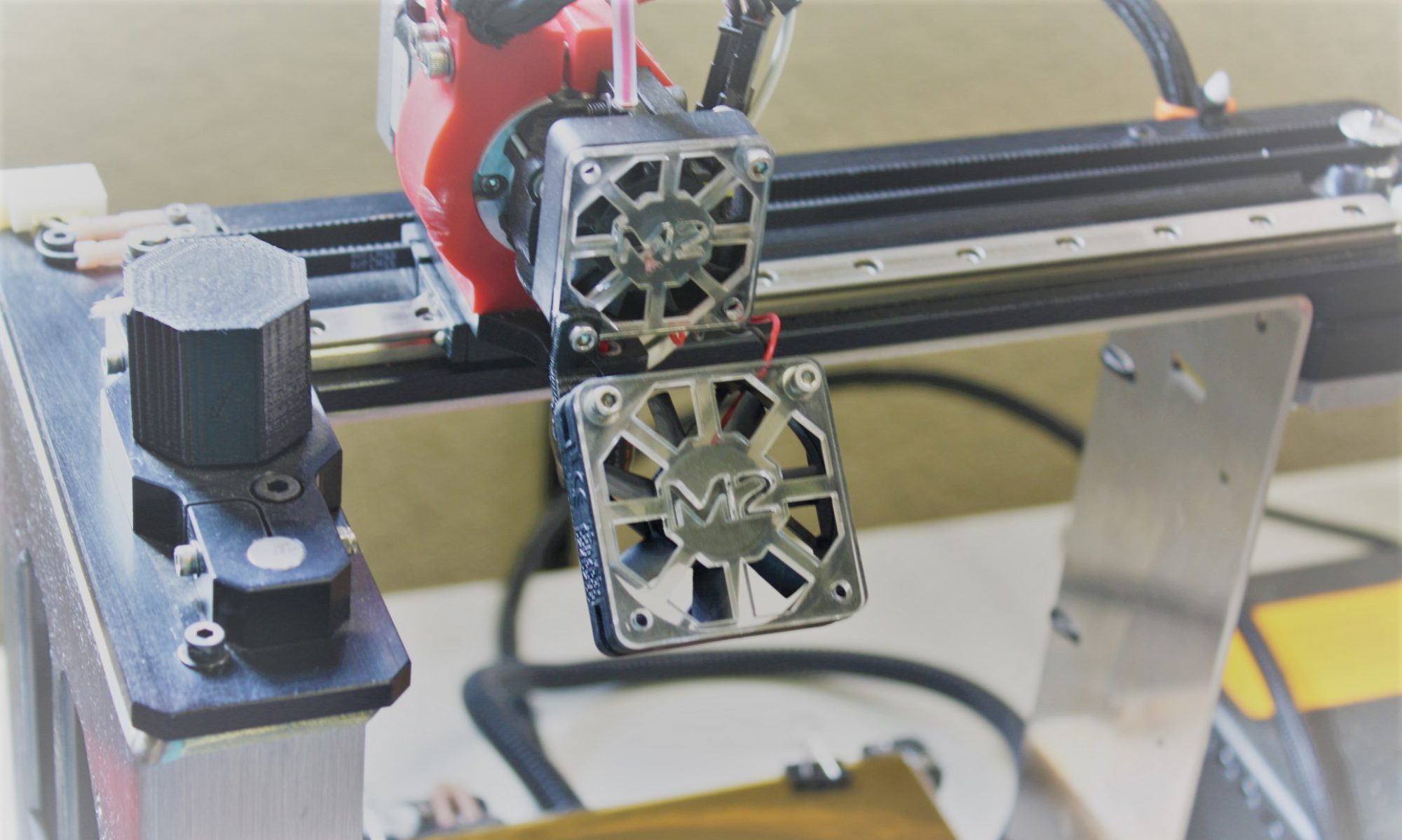I decided I wanted to utilize the latest batch of Urethane I purchased and try to cover myself for tires for the foreseeable future. The conclusion of my previous work with silicone molds left me with the conclusion that the process is too slow, and that running across a tire truer is unavoidable.
With that in mind, I decided to make 3D printed molds. The question then is, what sizes make sense? My focus is 1/43 scale cars. The smallest crown gear I have found is a 20 tooth gear, with an OD of around 10 mm. A minimum practical clearance for the gear is about 1 to 1.5 mm. So, the smallest tire it makes sense to use is about 13mm. This translates to a rolling diameter of about 22 inches. This is a bit larger than some cars would really run, but it is what it is. The largest tire diameter that is common in road racing that I could find has about a 28″ rolling diameter (NASCAR). 24″ rolling diameter tires show up on sports cars with some regularity. So, this narrows down to 22″, 24″, and 28″ tires. Of course, you could always true a larger tire down to something smaller.
From the standpoint of wheels, the smallest relevant wheel I can find is a 10 inch diameter. This is impractical at 1/43 scale for production on a home FDM printer (at least for my wheel design which uses a setscrew). The smallest wheel I can make translates to about a 13″ wheel in full scale. 14″, 15″, 16″ and 18″ wheels are all relatively common. At 1/43 scale, 15″ and 16″ wheels are only different by about 0.5mm. I’ve rationalized wheel diameters down to 3, translating to 13″, 15/16″, and 18″.
Depending on the era, tire widths change substantially. The tires on a vintage Mini Cooper would scale down to just 3mm wide. The tires on a new Corvette scale down to around 5mm width. I rationalized common tire widths down to 3mm, 5mm, and 6mm.
At this point, I took a step back. This was going to turn into a whole bunch of different molds. Overall, I think I’ve come up with a good solution.



